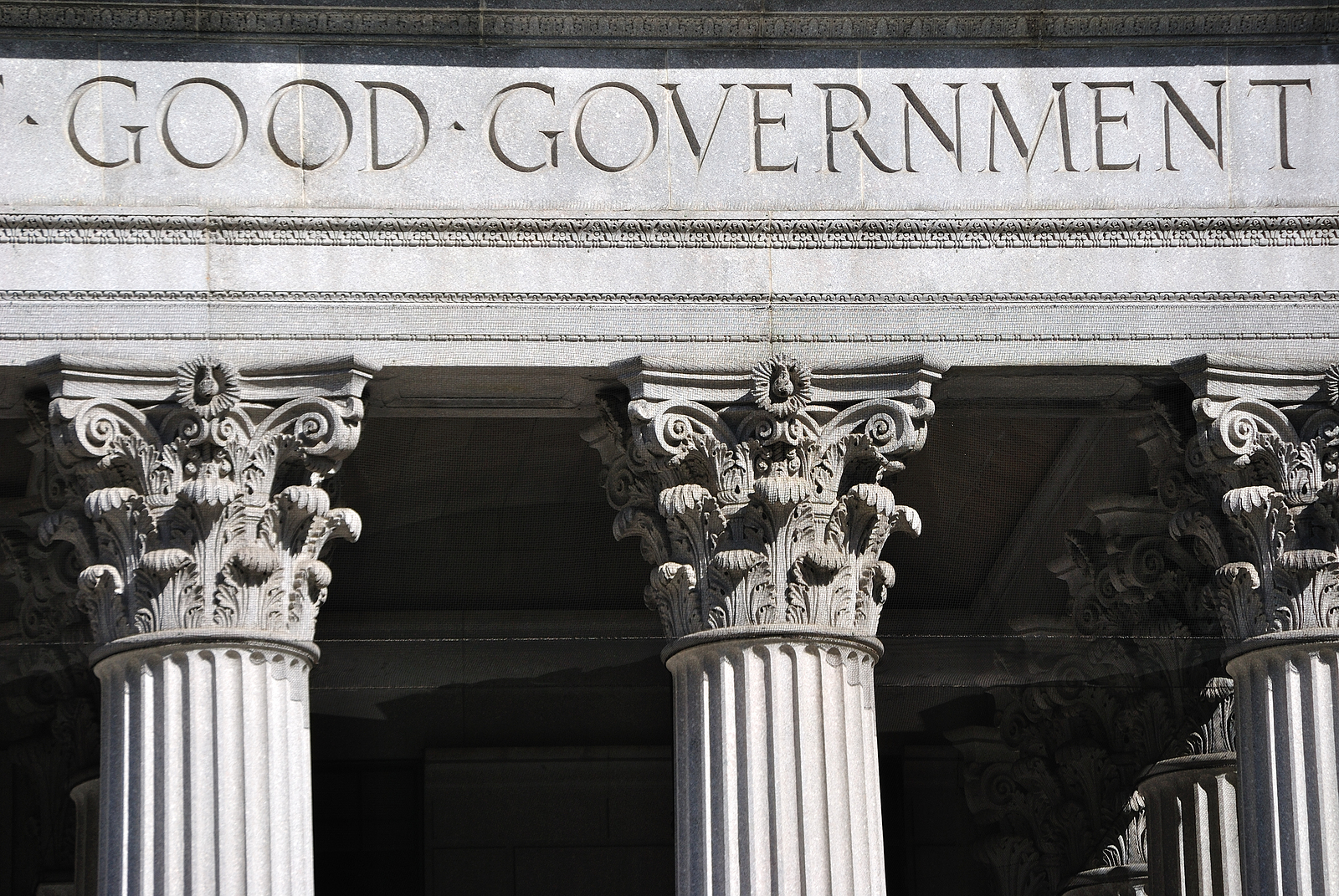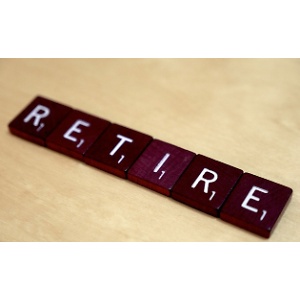Why Retirees are Returning to Work in Droves

Currently, the American workforce has experienced a rate of resignation like never before. As companies brace against the Great Resignation, others embrace the Great Unretirement as retirees turn toward employment. More than 1.5 million American retirees who exited the workforce just one year prior have begun seeking employment once again. This number represents just 3% or more of our nation’s total number of retirees, and trends prove little evidence of a decline. But what was it exactly that caused senior citizens within retirement to decide to begin working again?
According to the AARP, the sheer increase in overall healthcare costs, among other necessities, has risen beyond 3.5% from years past. This burdensome requirement continues to come at a higher cost than ever before. On the other hand, qualified retirees who haven’t had the opportunity to retire have been opting to remain in the workforce simply for healthcare coverage alone.
Issues within the stock market directly impact retirement income, especially in terms of passive income and other investments. With the Dow falling nearly 10% and the S&P 500 slipping further behind, most retirees are witnessing the decline of their 401(k) balances. Prices have continued to skyrocket, leaving retirees with few options aside from continuing to work or remaining on the payroll.
An ever-increasing rate of inflation has affected every single US citizen, with retirees being no exception. Once you begin living on a limited income, especially in a time of inflation, it becomes increasingly difficult to even pay for simple necessities such as groceries, utilities, and more. Back in April, the rate of inflation hit 8.3% in the United States. The recent Social Security Cost-of-Living Adjustment, or COLA, was only 5.9%. Ultimately, this leaves retirees to manage less income than ever before.
While there are other reasons to justify coming out of retirement, including loneliness or an inability to manage not working, financial reasons remain the top concern. When retirement savings aren’t up to par, paired with individuals who hope to avoid delaying the receipt of Social Security, the need for health insurance and loss of value in investments may continue pushing retirees toward the workforce once again.
While for many retirees, working again after experiencing retirement has provided a sense of camaraderie, purpose, and accomplishment they had been missing, especially after COVID lockdowns. However, many are admittedly seeking employment for a better sense of financial stability. By planning early, and taking steps to avoid financial mistakes, saving for retirement through a number of avenues will pay off well into the future. However, if you are uncertain about the financial stability of your golden years, it is important to speak with a financial advisor before facing the consequences of an unstable income.
Contact Information:
Email: [email protected]
Phone: 9143022300
Bio:
My name is Kevin Wirth and I have worked in the financial services industry for many years and I specialize in life insurance and retirement planning for individuals and small business owners, with a specialty in working with Federal Employees. I am also AHIP certified to work with individuals on their Medicare planning. You can contact me by e-mail or phone. I look forward to the opportunity of working with you on these most relevant areas of financial planning.
[email protected]
914-302-2300
Disclosure:
These articles are intended for educational purposes only. Please contact your advisors for legal, accounting or investment advice.






